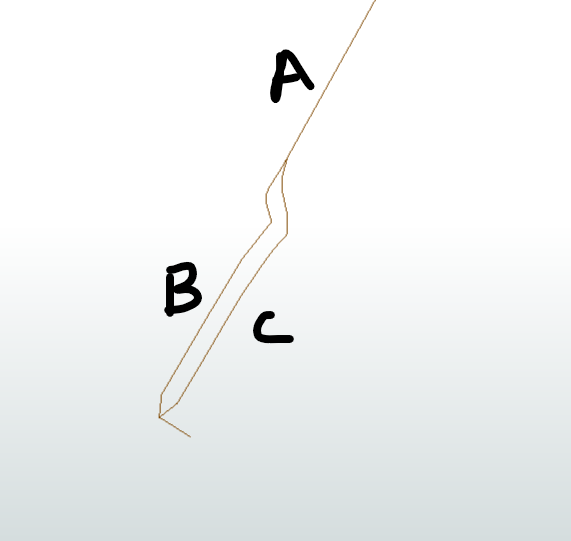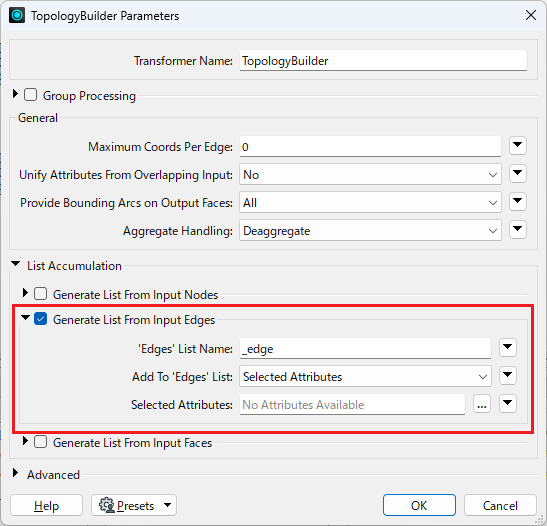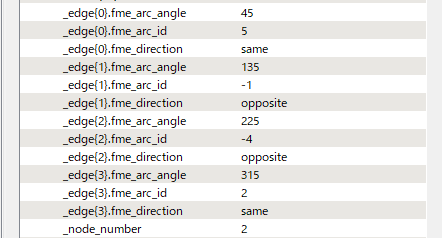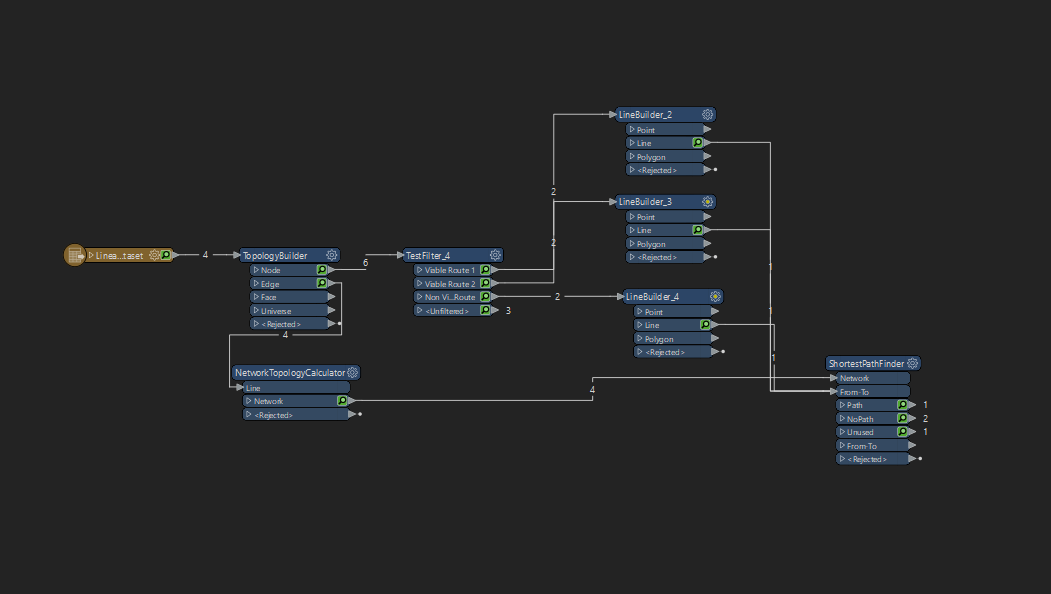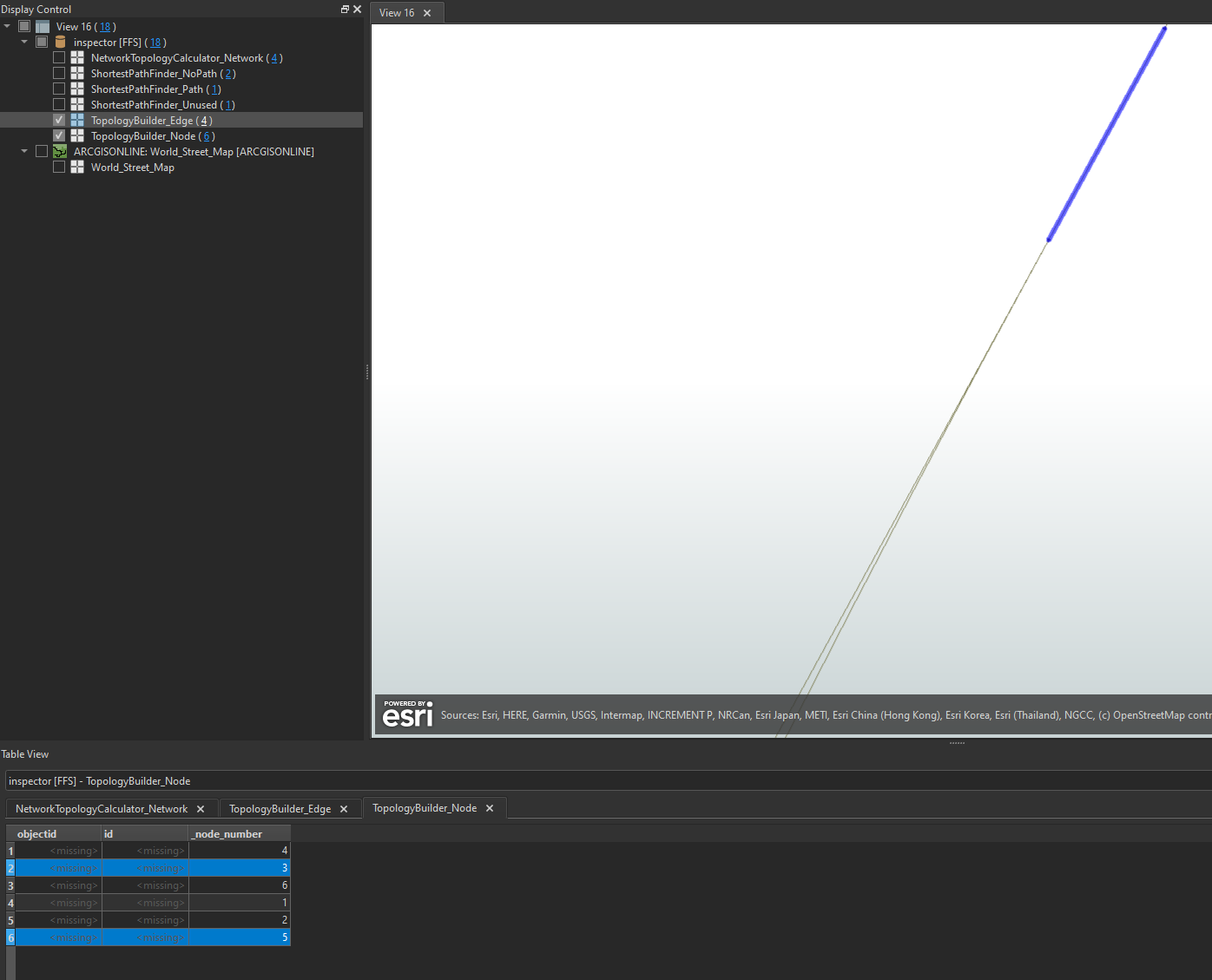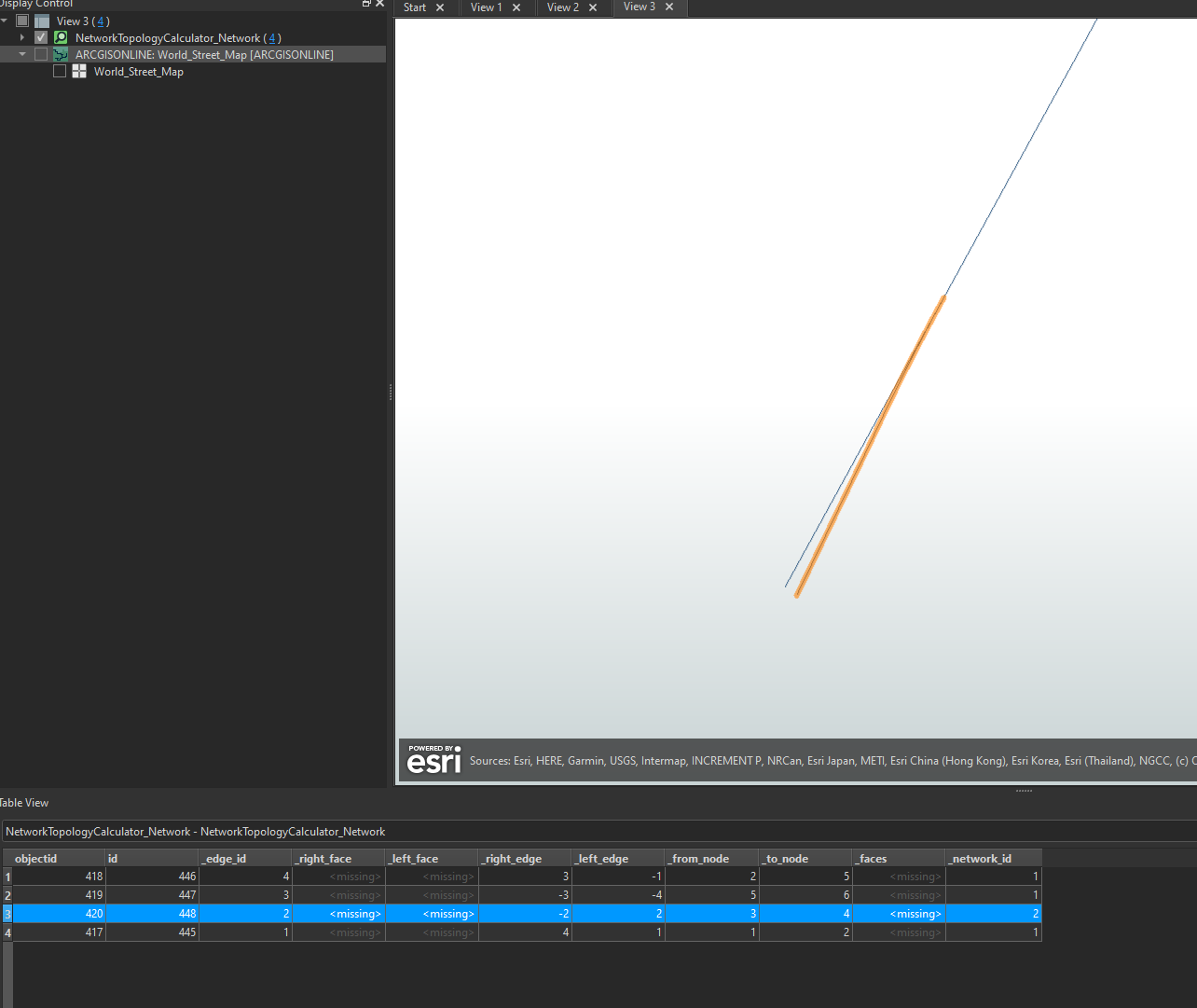I was reviewing the article "Build Topology and Calculate Route Length" and had a question left unanswered. The dataset ends with a fork in the route. How would we set the topology builder to allow traffic from segment A to B, A to C, B to A or C to A, but to not allow traffic from B to C or C to B?
